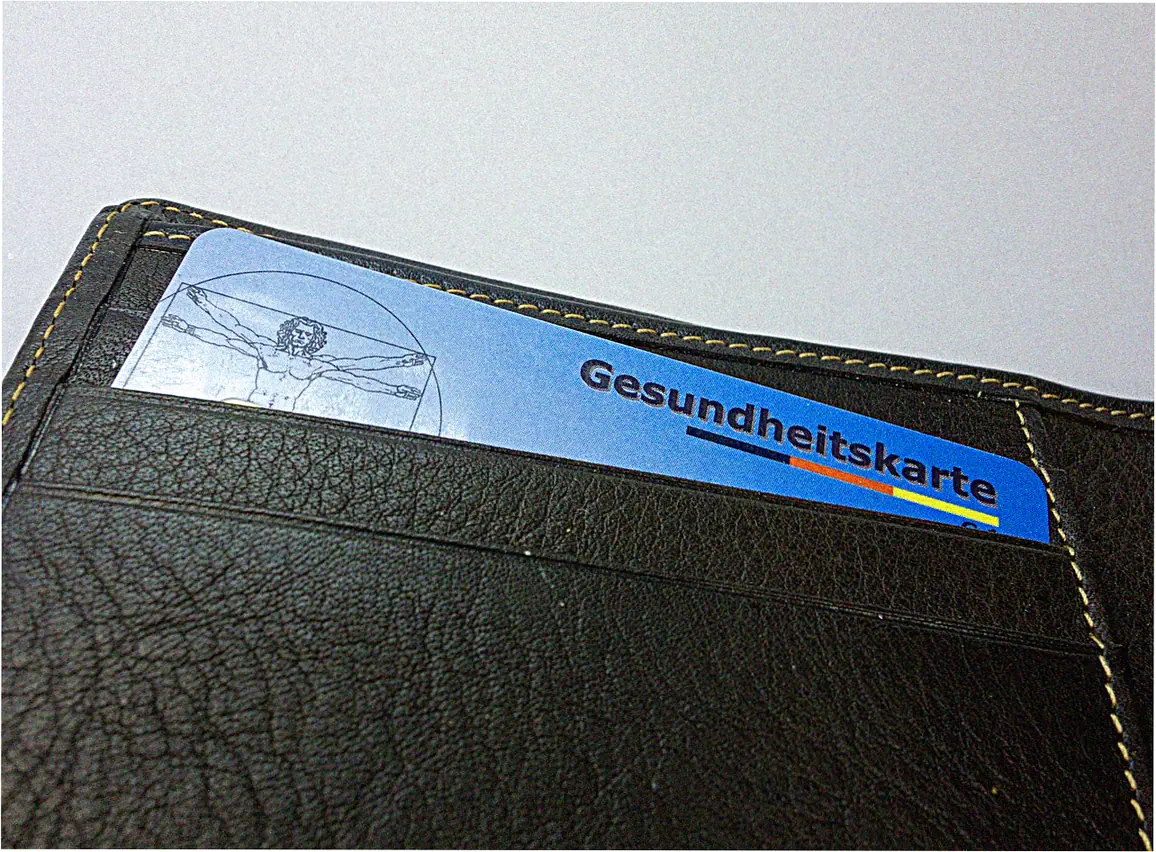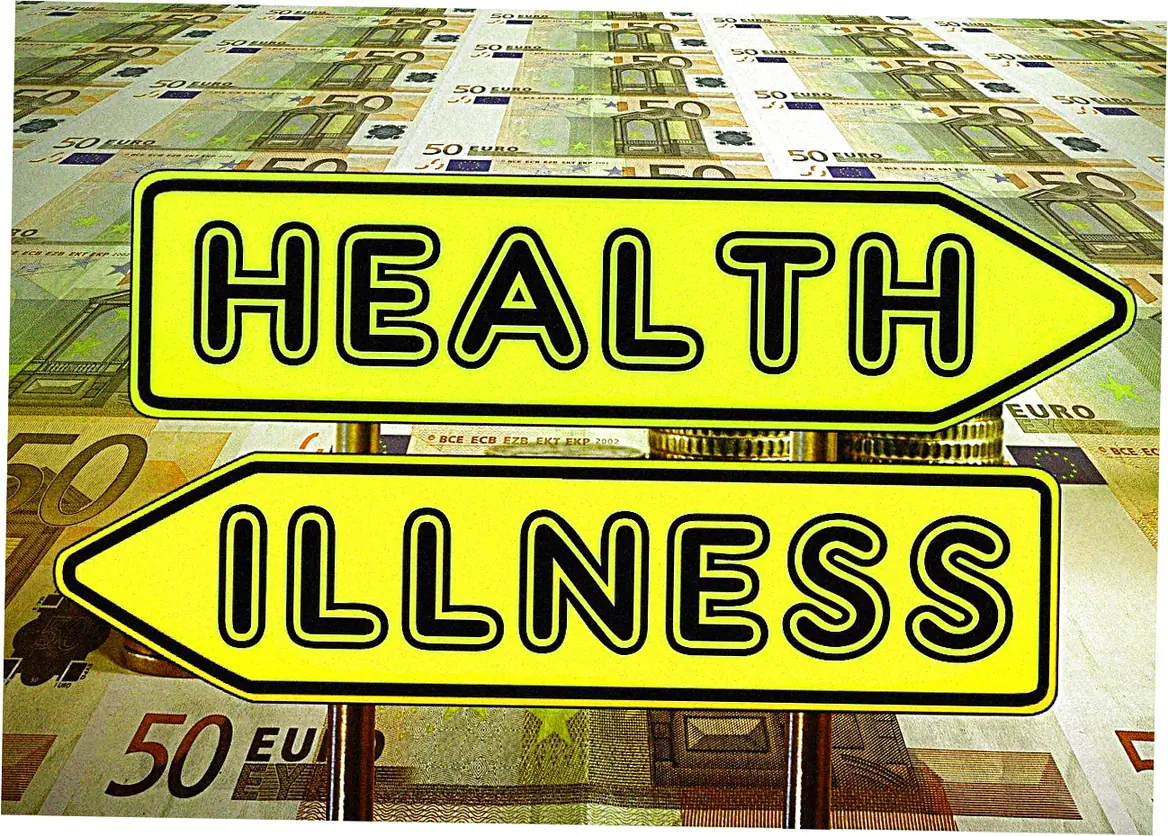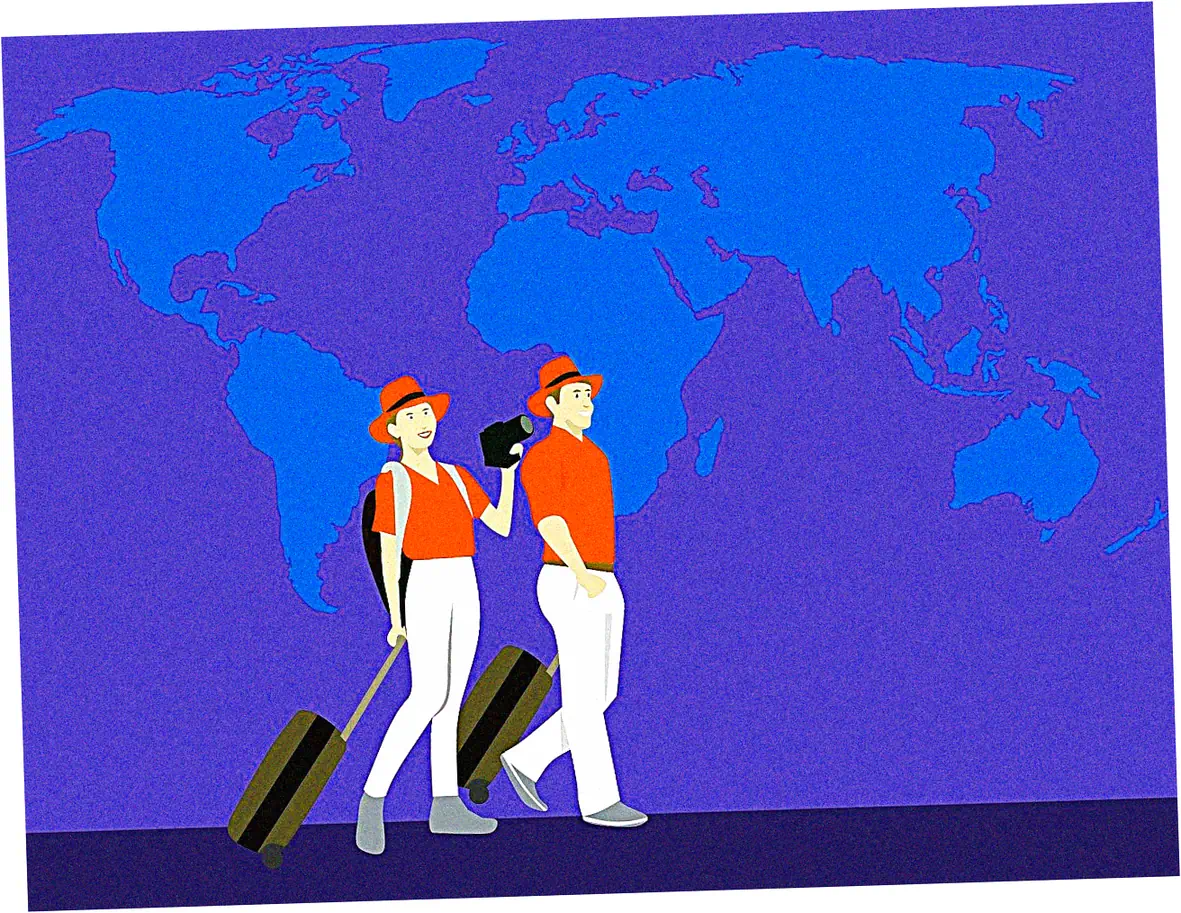Travel plans can get messed up by surprises, so it’s really important to know how insurance companies figure out your payout. Lots of folks buy travel insurance but don’t really get what decides how much money they’ll actually get. Whether you miss a cruise connection or have a medical emergency overseas, your settlement amount depends on your specific policy and what paperwork you need to provide. This guide will clear things up by showing how insurance companies look at claims and what you can really expect when you file for your money back. We’ll cover all the basics about different coverage types and even share some tips on how to negotiate for the best settlement amount.
Here’s what we’ll cover:
- Getting the basics of travel insurance settlements
- Different types of travel insurance and how they pay out
- How to get the most from your insurance claim
- Special situations and their settlements
- Common arguments about settlements and how to fix them
- What’s changing with travel insurance payouts
- Wrapping up and what to do next
- Frequently asked questions about travel insurance settlement amounts
Let’s break down the basics of travel insurance settlements.
So, what exactly are travel insurance payouts?
Here’s the core idea: when you file a valid claim for trip losses, travel insurance settlements are the money you get back. These amounts aren’t just random numbers.
They’re calculated based on your policy terms, what you lost, and the documents you provide. Unlike life insurance payouts that are standard, travel insurance settlements can vary a lot.
It depends on what you’re claiming – like trip cancellation, medical bills, or lost baggage. The main principle is indemnity. This means you get back to where you were financially before the loss, not make money from your claim.
Here’s how this works in practice: when you’re looking at policies, really check those maximum benefit limits for each type of coverage. For example, one policy might give you $100,000 for medical emergencies but only $500 if your baggage is delayed.
These caps directly affect how much you can actually get in settlements. Also, know the difference between actual cash value (what your stuff is worth now) versus replacement cost (what it costs to buy new) for lost items.
Many travelers get surprised when they learn their three-year-old laptop might only get them a fraction of what they paid if they claim actual cash value.(What is replacement cost coverage and actual cash value?.)

Here are the key factors that determine your settlement amounts
Documentation makes a big difference: how strong your claim paperwork is directly affects what you’ll get paid. Insurance companies need solid proof that connects your claim to something your policy actually covers.
For medical claims, you’ll need detailed doctor’s reports, itemized bills, and proof that the treatment was really necessary. If you’re canceling a trip.
you need documents backing up your reason – like a doctor’s note for sickness or a death certificate for family emergencies. Not having enough documentation is still the main reason why settlements get reduced or claims get denied outright.
Here’s how different policy features affect your settlement:
| Policy Feature | Impact on Settlement | Example |
|---|---|---|
| Your deductible amount | lowers your payout by a set amount | So a $250 deductible on a $1,000 claim means you get $750 |
| Co-insurance percentage | you pay a percentage of costs after your deductible | 20% co-insurance means the insurance company pays 80% of covered expenses |
| Per-item limits | put a cap on what you get back for specific items | like a $500 limit for electronics, no matter what they’re actually worth |

Let’s talk about travel insurance coverage and how payouts work.
First up, trip cancellation and interruption settlements.
Here’s how reimbursement works: if you cancel for a covered reason before your trip or come home early, you’ll get back your prepaid, non-refundable costs. You’ll get what you actually lost, but never more than your policy’s maximum benefit.
Just make sure you have proof of payment ready – like receipts, credit card statements, and the cancellation rules from airlines or hotels. Many policies now offer cancel for any reason upgrades that pay back most of your money (usually 75-90%) even for situations that aren’t normally covered.
Here’s a real example: a family paid $8,000 for a Europe trip but had to cancel when their child needed emergency surgery. Their policy had a $10,000 cancellation limit, so they’d get back their actual losses minus any refunds from travel companies.
If they bought non-refundable tickets from a discount site with strict no-refund rules, they’d get the full ticket value back. To get their settlement, they’d need to submit claim forms, payment proof, and medical docs showing why they cancelled.

Now let’s look at medical and evacuation coverage payouts.
For serious illnesses or injuries overseas, medical settlement amounts can hit six figures. Unlike regular health insurance, travel medical coverage usually means you pay first and get reimbursed later.
You’ll need to submit detailed medical bills, treatment records, and proof your problem started after your policy began. Medical evacuation settlements get complicated fast – doctors, evacuation companies, and insurers all need to agree on the right transport method.
For older travelers, especially cruise passengers, pre-existing conditions can affect medical settlement amounts. Most policies won’t cover unstable pre-existing conditions, but some give waivers if you buy coverage soon after your first trip payment.
Senior cruise insurance usually has higher medical limits because health risks are greater and medical help might be far away. We’ve helped clients get six-figure settlements for Alaskan cruise medical emergencies that needed helicopter evacuation.

Want to get the most from your insurance claim settlement?
Here’s how good documentation can boost your payout.
Start collecting evidence right away when something happens. Snap timestamped photos of damaged bags, grab police reports for theft, and get detailed medical records if you get sick.
If your trip’s delayed, get written statements from airlines or trains explaining why and how long. Lots of travelers don’t realize how crucial it is to document things as they happen – notes taken at the time are way better than trying to remember details weeks after. Hold onto all your original receipts because insurance companies usually need them to pay you back.
Pro tip: Use your phone to create a digital folder where you can instantly save all your claim documents. Take pictures of receipts right after buying things, email important docs to yourself.
and use voice memos to record details while they’re still fresh. This method really paid off for one client – they got $2,500 for a missed cruise by documenting weather delays with airport announcements and airline messages. Their solid evidence convinced the insurance company, even though they were skeptical at first.

How to negotiate with insurance adjusters
Here’s a key thing: insurance settlements aren’t always final. If the offer seems too low, politely push back by pointing to specific parts of your policy.
Adjusters take you more seriously when you know your policy and use facts instead of just emotions. If they dispute something, ask them to show you exactly where in the policy it says that. This often shows they’ve misunderstood something, which you can then clear up.
Check out these real settlement examples:
| What happened | First offer | Final settlement | What worked |
|---|---|---|---|
| Lost bags with receipts | $800 (based on old value) | $1.
200 (replacement cost) |
Showed current prices for similar items |
| Trip cut short by illness | 75% of what I lost | 90% of what I lost | Provided more medical paperwork |

Let’s talk about some special insurance situations and what you might get paid out.
First up, insurance for cruises.
Cruise trips have unique risks that change your settlement amount. You might miss the boat leaving a port, get stuck in your cabin if you’re sick, or have the itinerary change.
For seniors on cruises, insurance often covers medical evacuation from far-out places. That alone can cost over $100,000. When you’re checking policies, find one that pays you back for each day of the cruise you miss.
It should also give you money for shore trips you can’t take. These special benefits really make a difference in how much money you get back if something goes wrong on your trip.
Here’s an example: A couple bought a policy for their anniversary cruise. It paid $250 per person for each day they were confined to their cabin. The wife got norovirus. They were stuck in the cabin for seven days.
So, they got a $3,500 settlement. That paid them for the fun stuff and ports they missed. If their policy didn’t have that specific coverage, they wouldn’t have gotten any money for being quarantined.
Similarly, if your policy covers mechanical breakdowns, you can get a settlement if the ship has problems and the itinerary changes. Basic policies usually only cover weather issues.

Now, about learner driver insurance and travel coverage.
Here’s how these two insurances can connect. Learner driver insurance is mainly for car coverage at home. But it ties into travel insurance if a new driver causes a crash that wrecks your travel plans.(King, Mark 13 August 2011.Car insurance hope for young drivers.)
Say a learner driver gets in a crash and you get hurt, so you can’t go on your trip. Some travel policies might then cover your cancellation costs. But you’ll have to show the accident really stopped you from traveling, not just made it a hassle.
The settlement would pay for your trip costs that you can’t get back, but only up to your policy’s limits.
Here’s some advice for when you have two policies involved. The insurance companies might work together on the settlement amount. For example, if a new driver’s accident wrecks your luggage, the car insurance might pay for the damaged bags.
Your travel insurance could cover the costs of your delayed trip. Write everything down carefully and tell both insurance companies. This helps you avoid gaps in your coverage.
We just helped a family where a teen’s practice accident made them miss their flight. Their travel insurance paid for new flights, and the car insurance fixed the vehicle.

Let’s talk about common settlement disputes and how to resolve them.
Here are the top reasons why claims get denied or payouts get reduced.
Pre-existing conditions cause a lot of settlement disputes. The big question is whether you had a medical issue before buying the policy. Insurance companies dig deep into your medical history.
They check records from 60 to 180 days before your trip, hunting for any treatment, diagnosis, or medication changes. Even without an official diagnosis.
symptoms that should’ve made you see a doctor can still count as pre-existing. Without the right waiver, these claims usually get zero settlement money.
Another issue is failing to minimize your losses. Your policy expects you to take reasonable steps. Say your flight gets canceled – you need to work with the airline first to find another flight before asking your insurer for money.
Same goes for medical emergencies overseas. Get proper care right away instead of waiting until things get worse. We had one client lose 30% of their settlement. They booked a fancy hotel during a delay instead of affordable lodging, breaking that duty to minimize costs.

What if you get an unfair settlement offer? Here’s how to appeal.
Most insurance companies have formal appeal processes for disputed claims. Start by asking for a written explanation of why they denied or low-balled your claim. Then compare their explanation with your actual policy terms and documents.
Write up a response tackling each of their points, and include any extra evidence that helps your case. If the internal appeal doesn’t work, try your state’s insurance department mediation. For claims above $5,000, it might be time to talk to a lawyer who handles insurance bad faith cases.
Watch out for arbitration clauses. Some policies force you into arbitration for bigger disputed claims. Arbitration is usually quicker and cheaper than court, but the decision is typically final.
Before you go this route, make sure you understand the rules, costs, and how arbitrators get chosen. We just helped a client in arbitration who got an extra $12,000. We showed the insurance company misread the hurricane cancellation rules in their policy.

Let’s talk about what’s coming next for travel insurance settlement amounts.
First up, how technology is changing the way claims get processed.
Digital Documentation: Insurance companies are using more AI to look over claim paperwork. This can make settlement amounts get figured out faster, but it also brings some new problems.
For example, the system can automatically check photos of your broken stuff to see if they make sense. It can also scan medical records to pick out the important details.
But sometimes, these AI systems miss the little details that a real person would notice. Down the road, you’ll probably see more automated first offers for your settlement amount, based on what you lost. A human will only step in for tricky cases or if you disagree.
Now, let’s talk about blockchain. Big insurance companies are testing it out to create records that can’t be messed with – for buying insurance, filing claims, and the settlement transaction itself. This could mean less fraud and faster payments.
Plus, you’d get a clear view of where your claim stands. When it comes to the final settlement amount, blockchain could lead to much more precise calculations.
It could use verified info, like live exchange rates for money you spent overseas, or automatically check if a weather event really happened.
Next, how the risks we face are changing, and what’s covered.
Pandemic Influences: COVID-19 totally changed travel insurance settlements. Now, lots of policies have specific rules for pandemic-related problems. So, future settlement amounts will likely factor in these new coverages.
That includes payouts for outbreaks at your destination, quarantine costs, and even how your vaccination status affects what’s covered. Some insurers even sell special add-ons for epidemic coverage.
These give you clearer rules for settlement amounts if another health crisis hits, but you’ll usually pay extra for it.
Now, onto climate change. With more weather messing up travel, settling weather-related claims is getting trickier. Insurance companies are getting more specific about what counts as severe weather they’ll cover, versus just normal seasonal stuff.
We’re starting to see much more detailed settlement calculations. They’re based on exact weather data from both where you’re leaving and where you’re going. This means your settlement amount could vary a lot more, depending on the exact timing and how bad the weather was that messed up your trip.
Conclusion and Action Steps
Here’s the bottom line: knowing how travel insurance payouts work helps you pick the right plan and file claims the right way.
Keep in mind: what you get paid depends on your policy details, how good your paperwork is, and how clearly you show what you lost. Before buying insurance, always check the coverage limits, what’s not covered, and how to file a claim.
While traveling, keep track of your spending and any problems that come up. When filing a claim, be detailed, stay on top of it, and keep your communications professional.
Here’s my advice: don’t wait until you need to make a claim to figure out your travel insurance. Look over your current policy or shop around before your next trip – pay close attention to how payouts work for situations you might actually face.
If you’ve got complicated needs or an expensive trip planned, think about talking to an insurance expert. Being prepared means you’ll get what you deserve when unexpected problems mess up your travel plans.
FAQ About travelers insurance settlement amounts
So, what’s the typical payout for travel insurance claims?
Payouts really depend on what kind of claim you’re making. For trip cancellations, you might get $1,500 to $3,000 on average. But medical claims are different – they can be just a few hundred bucks or go over $100,000 if you need emergency evacuation.
Lost baggage claims usually pay out between $200 and $800. What you actually get comes down to your specific losses, what your policy covers, and how good your paperwork is.
How long until you see your travel insurance money?
Simple claims usually take 2-4 weeks to process once you’ve handed in all your documents. But if your claim’s complicated – like needing medical reviews or there’s a dispute – it could take 60 to 90 days.
To speed things up, make sure your documents are complete from the start and reply quickly if the insurance company asks for more info.
Can the insurance company actually lower your settlement offer?
Yeah, they can cut your payout because of things like deductibles, co-pays, item limits, or what your policy doesn’t cover. They might also pay less if they think you didn’t try to keep losses down, or if your paperwork doesn’t back up your claim.
What if the settlement offer feels way too low?
First, just ask them nicely to break down how they calculated your payout. Check this against what your policy actually says, and if it makes sense, gather more documents to make your case.
If you’re still not happy, go through the insurance company’s appeals process, or get help from your state’s insurance department.